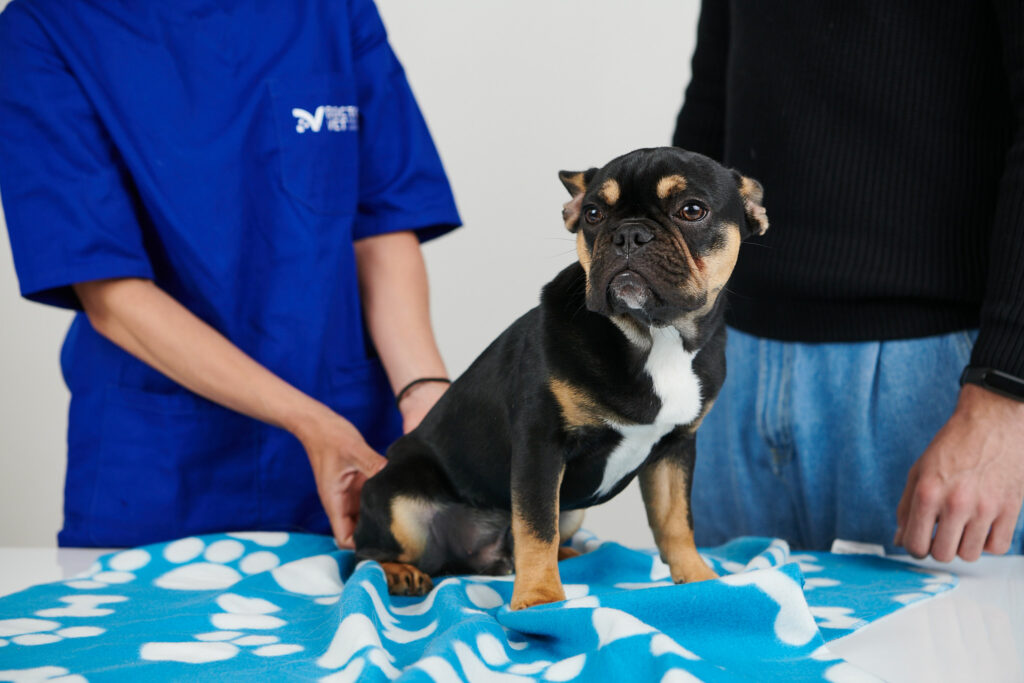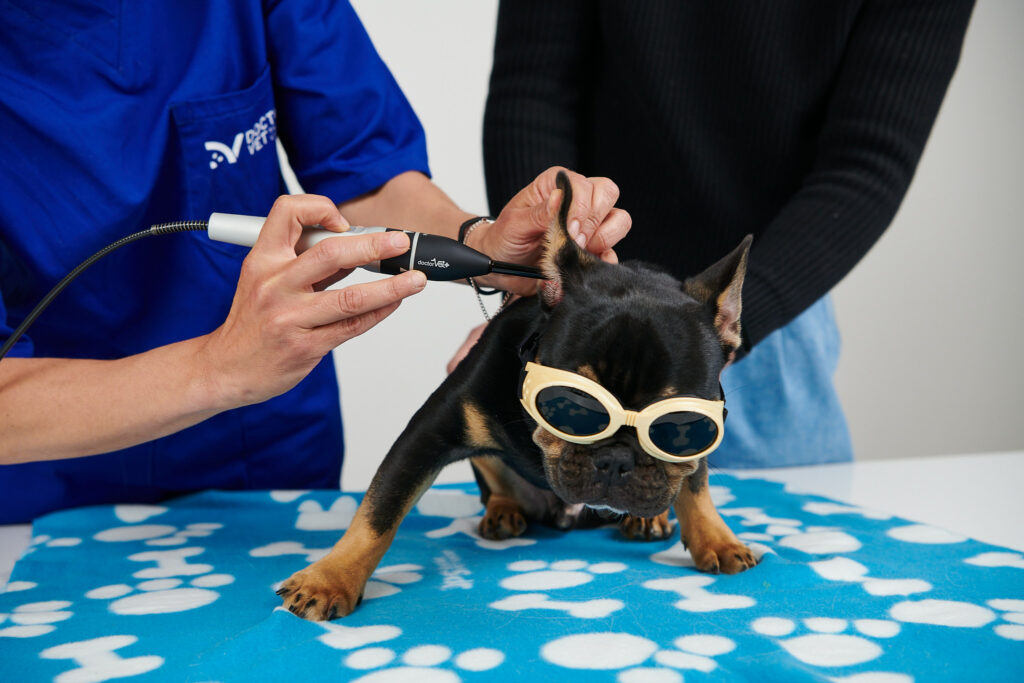Otitis is one of the most common reasons for veterinary consultation. In many cases, acute otitis is resolved quickly without major complications. The problem arises when it is chronic and when handling and treatment is complicated.
The outer ear consists of the horizontal and vertical channel. The deepest part of the horizontal channel is osseous while the outer channel is cartilaginous. The channel is formed of small hair follicles, sebaceous glands and ceruminous glands. The secretion from the latter two forms the cerumen to provide important protection. Furthermore, epithelial migration helps this cleaning process and is essential in preventing bacterial overgrowth1. The tympanic membrane separates the outer ear from the middle ear. When this membrane is pierced, it takes up to 35 days to regenerate.
The ear is not sterile and may be home to Bacillus, Malassezia, E.coli, Corynebacterium and Streptococcus, among others. This flora is controlled by the cleaning system present in the ear and the immune system. These microorganisms are only pathological in cases of prior disease. It is important to know the dysbiosis when disease occurs2.
Otitis is usually multifactorial. It is therefore essential to know and treat the various factors that cause otitis, as well as those that perpetuate the disease. Furthermore, some of the underlying factors are excessive cleaning, moisture and lop ears, among others.
The causes leading to pathology are usually allergy-related (such as atopic dermatitis), ectoparasites (Demodex and Otodectes), foreign bodies, endocrinopathies (hyperthyroidism, hyperadrenocorticism, diabetes), epithelial problems and tumours3.

Seeing is believing!
Book a demo now to learn how DoctorVet works!
As a result of the triggering factors, some microorganisms proliferate and aggravate the symptoms of otitis. Massezi and Staphylococci are initially plentiful. Pseudomonas aeruginosa and Proteus mirabilis are observed in chronic processes. Stenosis occurs in chronic otitis. The channel loses the self-cleaning mechanisms and perforation of the tympanic membrane can occur.
All this leads to the symptoms of otitis, which include itching, head shaking, head tilting, pain, bad odour and/or secretions from the conduit. Diagnosis includes the clinical history, a correct examination, sample-taking and, on occasions, X-rays, CT and/or MRI.
Treatment will be based on the causes leading to the pathology and the symptoms. Several topical and/or systemic treatments exist.
Laser therapy can be useful as it helps to reduce the inflammation and pain caused by otitis. Furthermore, laser therapy presents an antimicrobial effect in some of the microorganisms involved in the pathology, such as Pseudomonas aeruginosa4. It has also been observed that it helps to accelerate the healing process and reduces scar tissue in cases of tympanic perforation5.
Photodynamic therapy can also be an effective alternative in the presence of certain microorganisms with a resistance to antibiotics6.
Hence, DoctorVet becomes an effective therapeutic option for the treatment of canine otitis. It is applied using the non-contact method when only treating the base of the ear and in contact mode when following the path of the channel through the skin, using the standard hand tool.
The channel can be treated directly using the “spotter” hand tool. The latter is recommended when cleaning has been performed prior and the patient is sedated. Otherwise, the former is recommended.
The recommended protocols would be those of inflammation and deep infection (when treated through the skin) or superficial infection when treating the channel directly. Treat three times/week until an improvement is observed.
Photodynamic therapy is the other alternative offered by DoctorVet.


Via dell’Impresa, 1
36040 Brendola (VI)
VAT 02558810244
C.R. VI 240226
© Copyright 2016-2021 LAMBDA S.p.A. | Privacy Policy